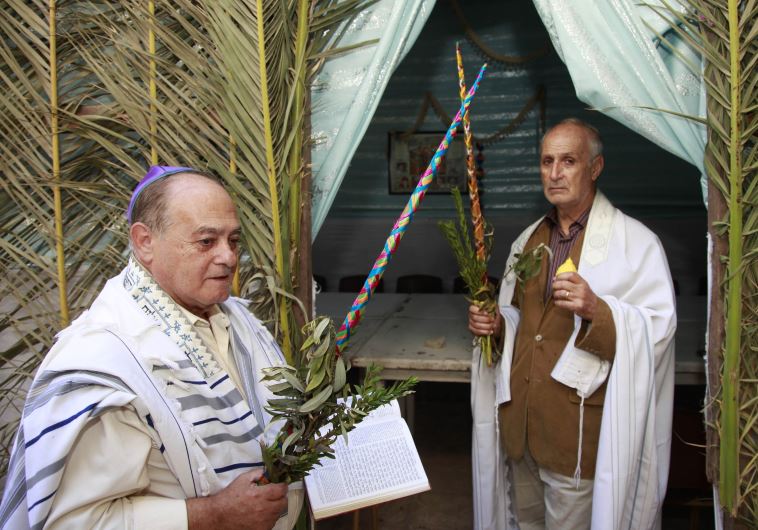In off year for Israel, Morocco is etrog hot spot this Succot
Each August and September, Jewish merchants come from around the world to his remote grove in the highlands of Morocco.
 Moroccan Jews hold willows as they celebrate the festival of Succot in a synagogue in the old city of the capital Rabat
Moroccan Jews hold willows as they celebrate the festival of Succot in a synagogue in the old city of the capital Rabat